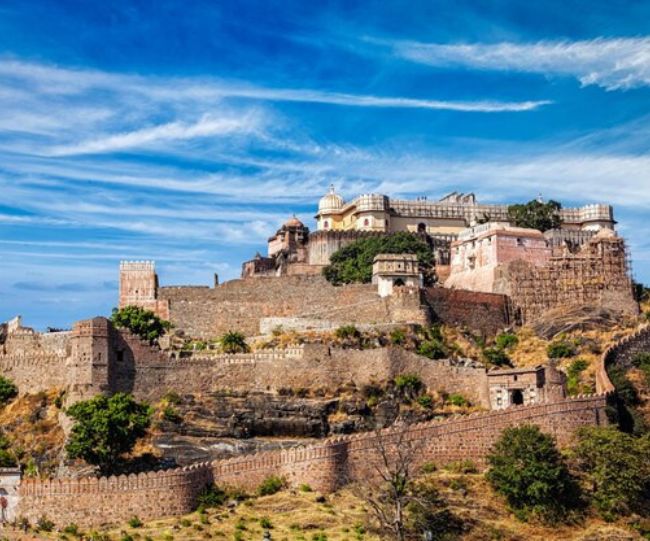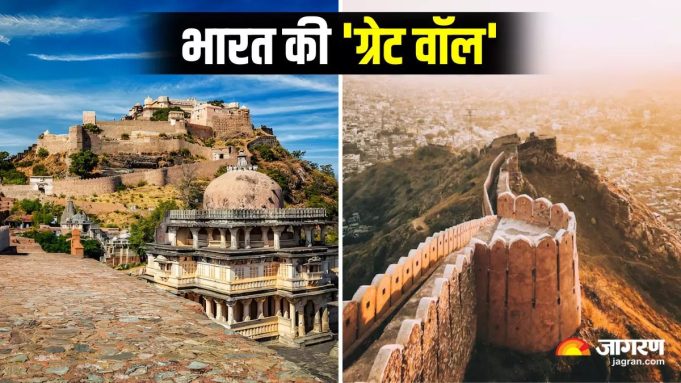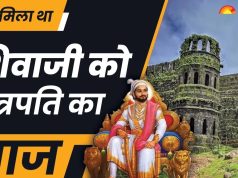Imagine a wall so huge that it stretches for miles, on which many horses can run simultaneously… a wall that has protected an entire kingdom from enemies for centuries!
Today in this article we are talking about Kumbhalgarh Fort, which is called the pride of Rajasthan, seeing which you will be amazed! Yes, it is not just a fort, but a living proof of bravery, art and history, which still stands proudly in the Aravalli hills.

India’s ‘Great Wall’ is present here
Located in the Aravalli hills, about 84 km from Udaipur, this fort is surrounded by dense forests. It was built in the 15th century by Maharana Kumbha. He built this fort in such a way that no external invader could easily penetrate it. This is the reason why the security walls of Kumbhalgarh were made so strong and wide that it came to be known as the ‘Great Wall of India’ .
The wall of this fort is about 36 kilometers long, which makes it the second longest wall in the world after the Great Wall of China. It is so wide that eight horses can run together. Looking at its strength and structure, it can be guessed that it would not have been easy for any enemy to conquer it.
Symbol of pride and valor of Mewar
Kumbhalgarh is also called the ‘Eye of Mewar’. It was not only a fort during wartime but also became a refuge for many kings. History is witness that when Banbir captured the throne of Mewar, young Udai Singh was hidden in this fort. Later the same boy became Maharana Udai Singh, who founded Udaipur.
Kumbhalgarh is the place where Maharana Pratap was born – the valiant warrior who never accepted defeat from the Mughals. This is also why this fort is not only an architectural marvel but also a symbol of Rajasthani identity and courage.
A confluence of art and faith
Kumbhalgarh was not just a military fort. More than 60 Hindu and Jain temples have also been built here. This shows that this place has not only been a center of political and military activities but also of religious faith and cultural prosperity.
The carvings and architecture of the temples built inside the fort still show how religion, art and power complemented each other. The special thing is that every temple was built for a specific purpose – somewhere for meditation, somewhere for worship of bravery.
Every corner tells a different story
Different parts of the fort have different names. Such as:
- ‘Tutya Ka Hoda’, a walking path.
- ‘Daanivaah’, which leads to the eastern side of the fort.
- ‘Hirabari’ is another path towards the west, from where ‘Kunwar Prithviraj ki Chhatri’ is situated at a short distance. This is the same Prithviraj who is said to have died a martyr in the war and whose horse was named ‘Sahan’.
Kumbhalgarh Fort still stands proudly today
Today, when you enter the Kumbhalgarh Fort, every stone, every wall and every gate seems to be saying something from the depths of history. This fort is not just a building, but a living example of culture, courage and bravery.
This is the reason why it has been included in the UNESCO World Heritage List, so that future generations can know that India also has a wall which is not made of mere stones, but of pride and history.









